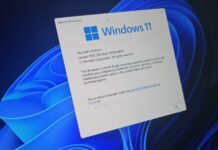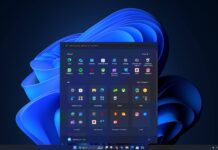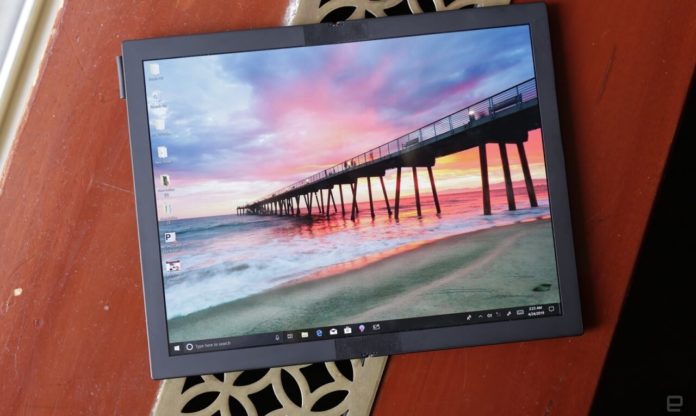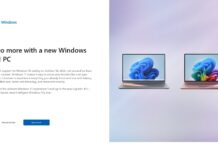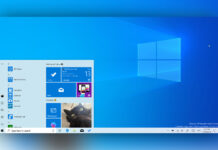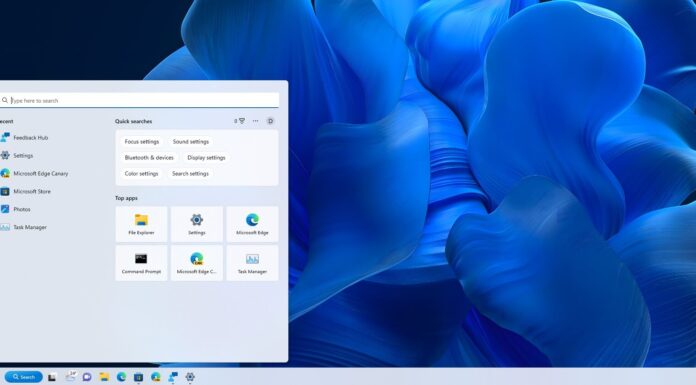A report recently claimed that Microsoft has demonstrated a new dual-screen device internally to some of its employees. Yesterday, an independent developer found new tidbits of foldable Windows 10 devices and today we have unearthed a new patent that details a display technology for foldable devices.
First spotted by us, a new patent titled ‘MOVEABLE DISPLAY SUPPORTS, COMPUTING DEVICES USING SAME, AND METHODS OF USE’ was published by USPTO on June 6, 2019 and filed by Microsoft in 2017.
Unlike other patents for foldable devices, the new patent from Redmond giant focuses on display technology. In patent drawings, Microsoft has detailed flexible displays that could bend or fold.
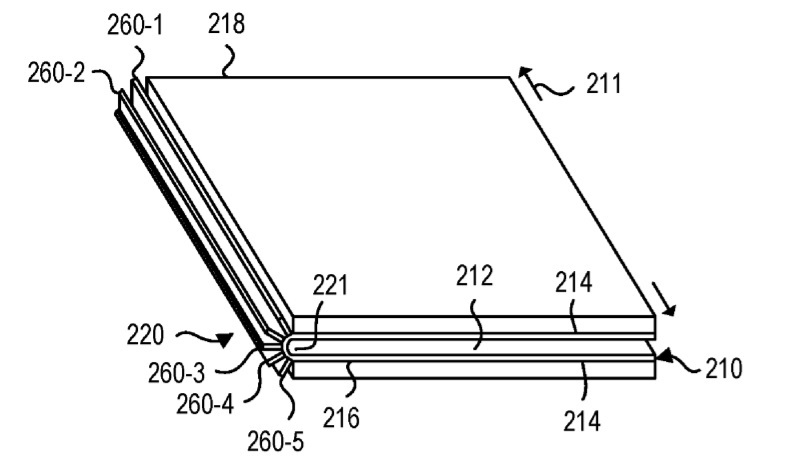
Microsoft says the popularity of flexible displays has grown in recent years. The company adds that flexible displays may be moved to a bent configuration, but such screens could be fragile.
In the patent, a computing device with foldable and flexible display has been detailed. The flexible display includes a thin film transistor matrix having a front surface and a back surface. To improve the durability of the display, moveable display support has been configured on the back surface of the display to limit bending in one direction.
“A moveable display support is included and is connected to the back surface of the display and is configured to limit bending in one direction to a first bend radius while maintaining strain on the thin film transistor matrix below a predetermined amount of strain by elongating the moveable display support during bending,” Microsoft explains.
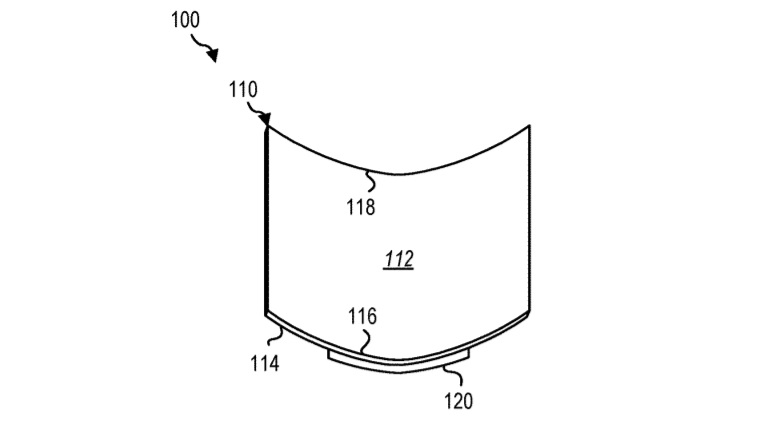
“A computing device is disclosed that includes an organic light-emitting diode (OLED) display. The OLED display has a front surface and a back surface. The computing device includes a moveable display support connected to the back surface of the display. In some implementations, the moveable display support is configured to limit bending in one direction to a first bend radius and to limit bending in another direction to a second bend radius. In some implementations, the moveable display support is formed by a plurality of unit cells,” the company adds.



